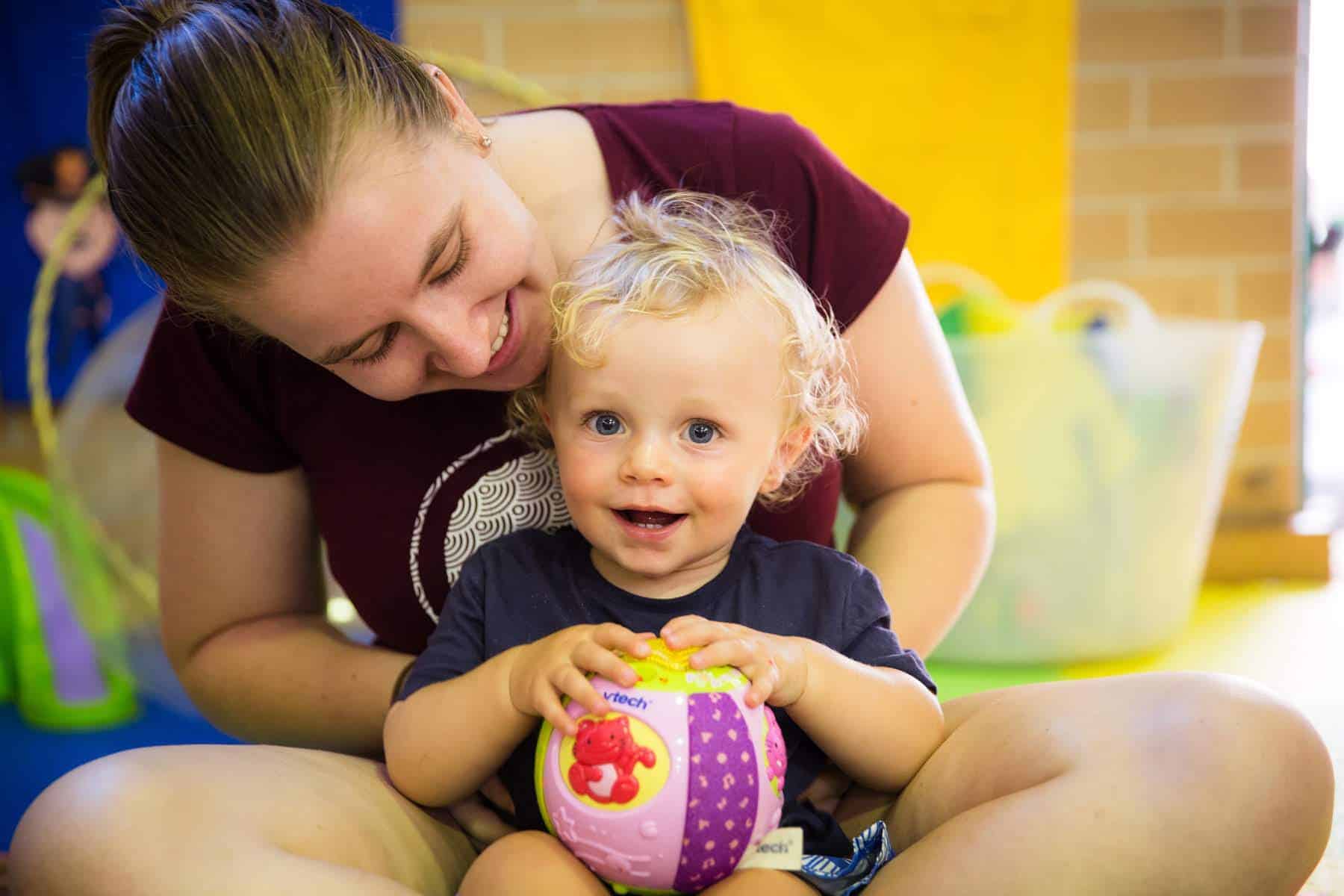Becoming a ChildSafe Organisation: A Guide for Australian Churches
Understanding What Makes a ChildSafe Organisation
Creating a genuinely ChildSafe Organisation isn’t just about ticking boxes—it’s about fundamentally transforming how your church approaches the protection and nurturing of children. In Australia, this transformation involves implementing the National Principles for ChildSafe Organisations developed by the Australian Human Rights Commission.
For churches and Christian ministries across Australia, becoming a ChildSafe Organisation represents both a legal requirement and a profound opportunity to live out biblical values of care, responsibility, and protection for the vulnerable members of your community.
This guide explores exactly what it means to be a ChildSafe Organisation in the church context, why it matters, and practical steps your ministry can take to create safer environments for children.
The Spiritual and Practical Importance of Being a ChildSafe Organisation

Churches have always played a vital role in nurturing children’s spiritual development. However, this privileged position comes with significant responsibility. Becoming a ChildSafe Organisation helps your church:
Fulfil Biblical Responsibilities
Jesus spoke powerfully about the value of children and the serious consequences for those who harm them. Creating a ChildSafe Organisation aligns directly with Christ’s teaching about protecting the vulnerable and creating communities characterised by care and responsibility.
Prevent Harm Through Intentional Structures
Without proper safeguards, even well-intentioned ministries can create environments where abuse might occur. ChildSafe Organisation principles provide churches with practical frameworks to identify and address risks before harm occurs.
Build Parental and Community Trust
When families see your commitment to child safety through documented policies, proper screening, and ongoing training, they feel more confident entrusting their children to your care. This trust is foundational to effective ministry.
Meet Legal Requirements Across Australia
Each state and territory has specific legal requirements regarding child safety in organisations. Implementing ChildSafe Organisation standards helps ensure your church meets these obligations and demonstrates due diligence.
The National Principles provide a comprehensive framework that applies across all sectors, including churches. These principles focus on:
1. Leadership and Culture
A ChildSafe Organisation embeds child safety in organisational leadership, governance and culture. This means church leaders must visibly champion safeguarding practices and create a culture where child protection is everyone’s responsibility.
2. Child Participation
Children and young people are informed about their rights, participate in decisions affecting them, and are taken seriously. Churches should create age-appropriate ways for children to express concerns and contribute to safety discussions.
3. Family Involvement
Families and communities are informed and involved in promoting child safety and wellbeing. Churches should communicate clearly with parents about safeguarding measures and welcome their input on child safety policies.

4. Equity and Diversity
Equity is upheld and diverse needs respected in policy and practice. This means considering how safeguarding approaches may need to be adapted for children of different backgrounds, abilities, and needs.
5. Suitable Staff and Volunteers
People working with children are suitable and supported to reflect child safety values in practice. Churches must implement rigorous screening, supervision, and training for all who work with children.
6. Child-Focused Complaints Processes
Processes to respond to complaints and concerns are child-focused. Churches need clear reporting procedures that prioritise children’s wellbeing and safety.
7. Knowledge and Skills
Staff and volunteers are equipped with knowledge, skills, and awareness to keep children safe. Ongoing training is essential to maintaining a ChildSafe Organisation.
8. Safe Environments
Physical and online environments promote safety and wellbeing while minimising harm. Churches must regularly assess both facilities and digital platforms used in ministry.
9. Regular Improvement
Implementation of the national ChildSafe principles is regularly reviewed and improved. A ChildSafe Organisation embraces continuous assessment and enhancement of safeguarding measures.
10. Policies and Procedures
Policies and procedures document how the organisation is safe for children and young people. Churches must have clear, accessible written guidance that governs all activities involving children.
Common Challenges Churches Face in Becoming a ChildSafe Organisation
Many Australian churches are committed to child safety but encounter specific obstacles:
Navigating Complex Regulatory Requirements
Each Australian state and territory has its own child protection legislation and requirements. Churches, especially those operating across multiple jurisdictions, must understand and comply with various frameworks:
- Victoria: ChildSafe Standards
- New South Wales: ChildSafe Standards
- Queensland: Blue Card System
- Other states and territories: Various child protection frameworks
Understanding these requirements can be overwhelming, especially for churches with limited administrative resources.
Administrative Burden on Volunteer-Led Ministries
For churches relying primarily on volunteers, implementing ChildSafe Organisation standards can create significant administrative demands:
- Tracking Working With Children Checks
- Documenting completed training
- Maintaining updated records
- Managing policy acknowledgements
- Responding to changing requirements
Without proper systems, these administrative tasks can become overwhelming.
Cultural Resistance to Formalised Processes
Some church communities, particularly those with close-knit relationships built on trust, may resist formalised safeguarding processes. There can be a perception that:
- Screening suggests mistrust of long-standing members
- Formal policies feel bureaucratic rather than pastoral
- Documentation seems excessive for small ministries
Overcoming these cultural barriers requires sensitive leadership and clear communication about why these measures protect everyone.
Knowledge Gaps About Implementation
Even when churches are committed to becoming a ChildSafe Organisation, they may struggle with practical implementation:
- Uncertainty about what compliance actually looks like
- Difficulty translating principles into practical policies
- Limited expertise in risk assessment and management
- Confusion about documentation requirements
How Safe Ministry Check Transforms Churches into ChildSafe Organisations

Safe Ministry Check provides Australian churches with purpose-built tools to meet ChildSafe Organisation standards through three integrated components:
1. Comprehensive Screening Management
Effective screening is fundamental to creating a ChildSafe Organisation. Safe Ministry Check provides:
- Automated Working With Children Check verification that integrates with state systems
- Expiry date tracking with automated notifications for renewals
- Reference check management with templated safeguarding questions
- Secure digital record storage that eliminates paper filing systems
- Role-specific screening pathways that scale requirements appropriately
These tools ensure your church maintains proper screening for everyone working with children—without administrative headaches.
2. Tailored Safe Ministry Training
A ChildSafe Organisation requires everyone to understand their role in safeguarding. Our training platform offers:
- Role-based courses tailored to different levels of responsibility:
- Level 1: General awareness for all church members
- Level 2: Comprehensive training for those working directly with children
- Level 3: Advanced content for ministry leaders and supervisors
- Level 4: Governance-focused training for board members and senior leadership
- Interactive online learning accessible anytime, anywhere
- Automatic completion tracking integrated with your church database
- Renewal reminders to ensure ongoing compliance
- Customisable content that can incorporate your church’s specific policies
3. Real-Time Compliance Monitoring
Maintaining ChildSafe Organisation status requires ongoing visibility of your safeguarding measures. Our platform provides:
- Centralised compliance dashboards showing screening and training status at a glance
- Automated alerts for expired or missing checks
- Customisable reports for leadership, denominational bodies, or insurers
- Policy acknowledgement tracking to ensure everyone has reviewed and agreed to expectations
- Documentation repository for storing all safeguarding-related materials
This visibility ensures nothing falls through the cracks and helps church leaders demonstrate due diligence.
Beyond Child Safety: Comprehensive Safeguarding
While becoming a ChildSafe Organisation focuses primarily on protecting children, true safeguarding encompasses all vulnerable people. Safe Ministry Check helps churches extend protection to:
Elderly Congregation Members
Ageing church members may be vulnerable to various forms of abuse. Our platform helps churches implement appropriate screening and training for those ministering to seniors.
People with Disabilities
Those with physical, intellectual, or developmental disabilities require thoughtfully designed safeguarding. Our system supports the creation of specific policies and training for inclusive ministry.
Those Experiencing Crisis or Trauma
People seeking help during personal crises may be particularly vulnerable. Safe Ministry Check helps churches establish appropriate boundaries and safeguards for pastoral care and support ministries.
The Benefits of Building a ChildSafe Organisation with Safe Ministry Check
Creating a Culture of Safety, Not Just Compliance
Becoming a ChildSafe Organisation isn’t just about meeting legal requirements—it’s about transforming church culture. Safe Ministry Check helps churches:
- Communicate the why behind safeguarding practices
- Integrate safety principles into everyday ministry
- Equip everyone to recognise and respond to concerns
- Celebrate steps taken to protect children
Strengthening Ministry Effectiveness
When parents and the community trust your safeguarding practices, ministry opportunities expand. Churches using Safe Ministry Check report:
- Increased parental confidence in children’s programmes
- Greater community willingness to engage with outreach activities
- Enhanced reputation within the broader community
- Stronger relationships with schools and other community organisations

Reducing Administrative Burden
Manual compliance management consumes valuable time and resources. Our automated system:
- Reduces administrative hours spent on paperwork
- Minimises the risk of human error in tracking
- Provides immediate access to needed information
- Scales efficiently as your church grows
Demonstrating Due Diligence
In the unfortunate event of an incident, having proper systems in place demonstrates your church took reasonable steps to prevent harm. Safe Ministry Check provides:
- Comprehensive documentation of safeguarding measures
- Evidence of appropriate screening and training
- Records of policy implementation and acknowledgement
- Timeline of actions taken to address concerns
Frequently Asked Questions About Becoming a ChildSafe Organisation
How do the National Principles relate to state-specific requirements?
The National Principles for ChildSafe Organisations provide an overarching framework that aligns with state and territory requirements. While specific implementation details may vary between jurisdictions, churches that effectively implement these principles will be well-positioned to meet local requirements.
Can small churches realistically implement ChildSafe Organisation standards?
Absolutely. While the principles remain the same regardless of size, implementation can be scaled appropriately. Safe Ministry Check offers solutions designed specifically for smaller churches with limited resources, making ChildSafe Organisation standards achievable for congregations of all sizes.
How frequently should our church review its safeguarding practices?
A true ChildSafe Organisation conducts regular reviews. We recommend:
- Annual review of all policies and procedures
- Quarterly checks of compliance data and screening status
- Immediate reviews following any incidents or concerns
- Assessments after significant changes in ministry activities or leadership
Safe Ministry Check makes these reviews simple with built-in reporting and assessment tools.
How do we balance safeguarding requirements with creating welcoming church environments?
This is a common concern, but properly implemented safeguarding actually enhances your welcome. Clear boundaries and expectations create environments where everyone—especially parents—feels more comfortable. Safe Ministry Check helps churches implement ChildSafe Organisation principles in ways that reinforce rather than undermine your church’s values and culture.
Taking the Next Step Towards Becoming a ChildSafe Organisation
Transforming your church into a genuine ChildSafe Organisation is one of the most important steps your leadership can take—not just for legal compliance, but as a profound expression of pastoral care and gospel values.
Safe Ministry Check is ready to support your journey with tools specifically designed for Australian churches. We understand both the theological and practical dimensions of church safeguarding and have created systems that reduce administrative burden while strengthening your protection of vulnerable people.
Ready to explore how we can help your church?
Begin with a no-obligation, three-month trial that gives you full access to our platform. See firsthand how our screening, training, and compliance tools can transform your approach to safeguarding.
Or arrange a personalised consultation where we’ll explore your church’s specific needs and demonstrate exactly how our system can help you become a ChildSafe Organisation with confidence and clarity.
Your commitment to creating safe spaces for children isn’t just about compliance—it’s about faithfulness to the values at the heart of Christian ministry.
